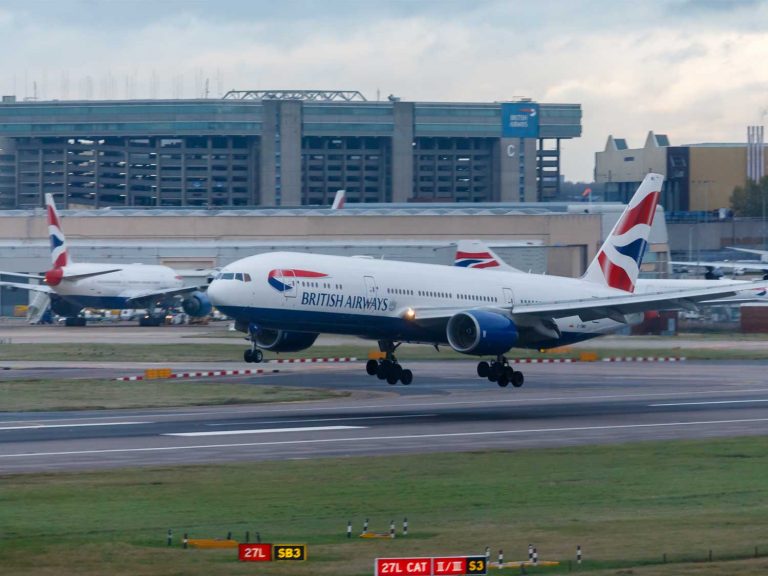
Date:
Heathrow; officially number one…and number two
COVID had a profound impact on air travel and the airports that support it, with the bulk of the world’s airline fleet grounded, global passenger volumes down 75% and Heathrow slipping to Europe’s 10th busiest airport during the pandemic.
Aviation especially saw a decline within passenger traffic during the pandemic, with passenger volumes dropping 75%, while air cargo only saw a 21% reduction.
Heathrow regained its status as Europe’s busiest hub airport during the summer beating its rivals in Paris, Amsterdam, Frankfurt and Madrid.
And, in a remarkable turnaround, Heathrow was the second busiest airport for international flights in November, behind Dubai, which are the same positions the pair held in 2019, before the pandemic.
Heathrow remained the UK’s lifeline by maintaining strong cargo throughput, transporting 1.4m tonnes, including vital supplies such as PPE, medical equipment and pharmaceuticals including vaccinations.
With airlines reconfiguring their fleets for cargo, the revenue contribution from this sector increased from 12% in 2019 to 40.3% in 2021 and the expectations are for cargo to account for 27.7% of airlines’ total revenue in 2022.
Although airfreight only accounted for 1% of goods by volume, pre-pandemic, airfreight represented 40% of goods by value.
In 2021, Heathrow was the UK’s most valuable port, seeing £153bn in non-EU imports and exports passing through the hub, handling 75% of all UK air cargo and more cargo by value than all other UK airports combined and serving 354 destinations in the process.
This significant figure shows the unique position of Heathrow and the vital role airfreight plays as an enabler of import and export trade.
The role airfreight plays in keeping Britain trading cannot be understated.
Heathrow’s cargo tonnage has risen to 87% of pre-pandemic levels and while Paris, Frankfurt and Amsterdam’s cargo volumes have recovered faster, they process less belly-hold cargo, which is growing at Heathrow, as more passenger flights return.
Despite the slip in cargo recovery, Heathrow remains confident for the future with plans to invest in infrastructure over the next fIve years to grow capacity and the sustainability and efficiency of its operation.
It will grow the airport’s airfreight proposition, in cooperation with the Heathrow Cargo Community.
In July 2015, the independent Airports Commission reported the conclusions of its three-year study examining the need for additional capacity to maintain the UK’s position as Europe’s most important aviation hub.
With overall UK airfreight volumes 8% lower in 2021 than in 2019, the expansion of Heathrow with a third runway has the potential to significantly grow airfreight capacity.
Heathrow Airport is the only hub airport within the UK and the only airport which accepts both European and international cargo freight, serving 350 destinations in 80 countries.
The expansion of Heathrow does come with its own challenges and approval of a third runway – with the potential for an additional 260,000 flights annually – has been controversial. The airport is currently seeking a development consent order (DCO), a type of planning permission for nationally significant infrastructure.
While our Heathrow team continue to handle increasing cargo volumes, we monitor market capacity and identify opportunities to use regional airports – and particularly our Birmingham hub – when it will benefit our customers, ensuring that expectations and timelines are met.
We find solutions for every critical shipment. Please call Elliot Carlile to discuss your situation, requirements and potential resolutions for your products that need to be in the right place at the right time. At the right price. We have the answer.
